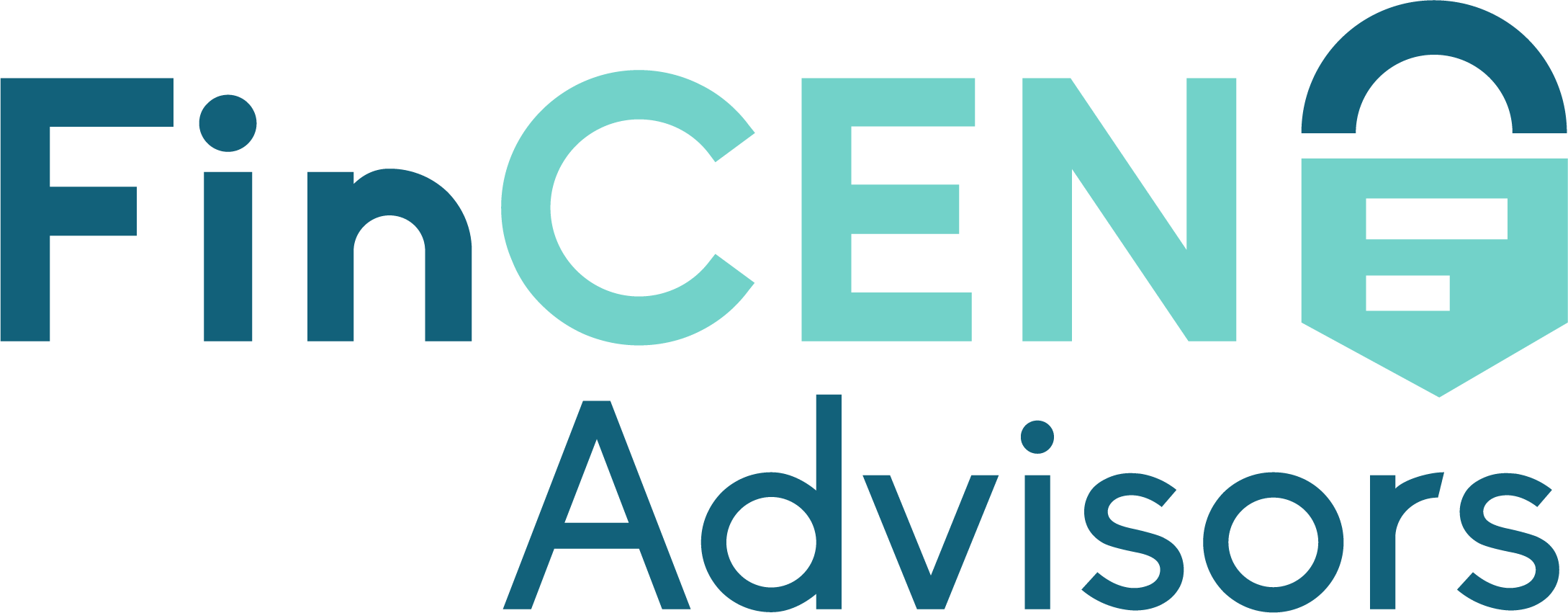El cumplimiento de la normativa es una preocupación continua de las empresas. Aprenda a crear un plan de cumplimiento adaptable para hacer frente a la evolución de las leyes y reglamentos, como los nuevos requisitos de información de FinCEN.
Principales conclusiones:
- El primer paso es comprender sus responsabilidades específicas de cumplimiento y por qué son importantes.
- A continuación, desarrolle su plan:
- Realizar una evaluación de riesgos
- Desarrollar políticas y procedimientos
- Implantar mecanismos de supervisión e información
- Designar un responsable del cumplimiento
- Actualizar y revisar periódicamente
- Adaptar el plan a los objetivos y operaciones de la empresa
Cumplimiento: una palabra que puede crear un dolor de cabeza instantáneo a los líderes empresariales. Las organizaciones luchan por mantener el cumplimiento normativo, especialmente cuando los requisitos evolucionan constantemente. Sin embargo, cumplir y comprender las leyes financieras, de datos, laborales y fiscales es fundamental para evitar incumplimientos involuntarios, sanciones, multas y daños a la reputación.
El 1 de enero de 2024 comenzaron a aplicarse nuevos requisitos en virtud de la Ley de Transparencia Empresarial (CTA), y ahora las empresas deben comunicar la información sobre titularidad real a la Agencia Tributaria. Red para la represión de los delitos financieros (FinCEN). Quienes incumplan los plazos se enfrentarán a posibles sanciones civiles y penales. Este es un ejemplo reciente de por qué es fundamental mantenerse al día de la evolución de la legislación y garantizar su cumplimiento permanente.
Este artículo proporciona estrategias para mantener el cumplimiento continuo de los nuevos requisitos, ayudándole a minimizar los riesgos y a cumplir los requisitos legales.
Comprenda sus responsabilidades en materia de cumplimiento.
El primer paso para mantener un cumplimiento continuo es comprender sus obligaciones específicas. Lo mejor sería mantenerse informado sobre todas las leyes y normativas que le afectan a usted y a su sector. He aquí algunos métodos a seguir:
- Siga de cerca las noticias sobre nuevas leyes y reglamentos relacionados con las empresas estadounidenses.
- Recuerde que las leyes se modifican con regularidad, así que preste atención a los próximos cambios en el sumario y a cuándo entran en vigor.
- Lea con regularidad noticias y fuentes gubernamentales acreditadas, como FinCEN, para comprobar si hay actualizaciones y obtener ayuda para desglosar las leyes.
- Hable con un experto financiero o jurídico sobre qué significan las leyes para su empresa y cómo cumplirlas.
Reconocer y comprender los requisitos de cumplimiento normativo es el primer componente clave de una estrategia para el cumplimiento continuo. Con esta base, podrá seguir comprendiendo por qué se realizan los cambios y establecer plazos y procedimientos a seguir.
Desarrollar un plan de cumplimiento.
Creación de una plan integral de cumplimiento le ayudará a garantizar el cumplimiento de la legislación, minimizar los riesgos y fomentar una cultura de conducta ética en la empresa. He aquí una guía rápida para ayudarle a formular una estrategia eficaz:
1. Realizar una evaluación de riesgos
Realice una evaluación exhaustiva de los riesgos para identificar los posibles riesgos y vulnerabilidades de su organización en materia de cumplimiento. Esto debería implicar un análisis detallado de los procesos operativos, el manejo de datos y las interacciones con las partes interesadas. Clasifique los riesgos en función de su impacto y probabilidad, lo que le permitirá priorizar los esfuerzos donde más se necesitan.
2. Desarrollar políticas y procedimientos
Redactar políticas y procedimientos claros basados en los requisitos reglamentarios y los riesgos identificados. Asegúrese de que los empleados puedan acceder fácilmente a estos documentos y de que se actualicen periódicamente para reflejar cualquier cambio en el entorno normativo. Comunique eficazmente estas políticas a toda la organización e imparta formación a los empleados.
3. Poner en marcha mecanismos de supervisión e información
Establezca mecanismos de supervisión sólidos para evaluar continuamente el cumplimiento de las políticas establecidas. Esto puede implicar auditorías periódicas, controles internos y tecnología para rastrear e informar de las actividades relacionadas con el cumplimiento. Anime a los empleados a denunciar posibles infracciones a través de un sistema de denuncia confidencial y ponga en marcha un proceso de investigación y resolución.
4. Designar un responsable del cumplimiento
Designe a un responsable o a un equipo para supervisar y aplicar el plan de cumplimiento. Esta persona o equipo debe conocer a fondo los requisitos normativos y estar facultado para recomendar mejoras y medidas correctivas.
5. Actualizar y revisar periódicamente
Los entornos normativos y el panorama empresarial cambian constantemente, por lo que es crucial revisar y actualizar su plan de cumplimiento. Realice evaluaciones periódicas, reevalúe los riesgos y modifique las políticas y los procedimientos en consecuencia. Manténgase informado sobre los cambios en la normativa y las mejores prácticas del sector para garantizar que su plan de cumplimiento siga siendo práctico y actual.
6. Alinear el plan con los objetivos y operaciones de la empresa
Cada empresa tendrá sus propios objetivos, valores y estructuras de flujo de trabajo. Es esencial considerar cómo encajará su estrategia de cumplimiento en las operaciones y procesos existentes. Para ello es necesario asignar tareas a los miembros adecuados del equipo, aclarar funciones y expectativas y explicar cómo se integra el plan en los sistemas existentes.
Mantenerse ágil y adaptarse a los cambios normativos
Una vez establecido el plan de cumplimiento, el trabajo no está hecho. Aparte de revisiones y ajustes periódicos, tendrá que mantenerse adaptable. A veces, los cambios se aplican rápidamente, por lo que hay que cumplir nuevos plazos para presentar información o modificar una política de la empresa.
Esto significa que, a la hora de aplicar sus políticas, recuerde que deben ser flexibles. El plan tiene que ser capaz de evolucionar con el dinámico panorama del cumplimiento legal. El gobierno aprueba periódicamente nuevas leyes y enmiendas, muchas de las cuales están pensadas para ayudar a las empresas a hacer frente a retos o problemas comunes.
Por ejemplo, la LTC se creó para impulsar la transparencia. Antes no se exigía informar sobre la titularidad real, y esa falta de transparencia daba lugar a estructuras empresariales oscuras. Esta oscuridad podía encubrir fácilmente delitos como el blanqueo de capitales, el fraude fiscal o el terrorismo.
La FinCEN quiere ahora combatir estos delitos exigiendo a las empresas declarantes que faciliten los datos personales de sus clientes. datos de todos los beneficiarios efectivos-aquellos que posean al menos 25% de las participaciones sociales o ejerzan un control sustancial sobre la empresa.
Comprender el razonamiento que subyace a los requisitos puede ayudarle a cumplirlos. Recuerda adaptarte a lo que venga en el panorama normativo.
Mantener el cumplimiento continuo del plan adecuado.
Mantener una actitud proactiva en materia de cumplimiento es imprescindible. Necesita un plan sólido y completo para cumplir nuevas leyes como la Ley de Transparencia Corporativa para evitar el riesgo de incumplimiento, como multas y sanciones significativas.
Mantener el cumplimiento y la integridad empresarial es sencillo cuando se trabaja con los asesores adecuados. En FinCEN Advisors, nuestro equipo le ayuda a prepararse para el éxito en el cumplimiento de los nuevos requisitos de la LTC. Desglosamos los requisitos para que no le cueste entenderlos.
Acércate a Asesores FinCEN hoy mismo para obtener más información.









